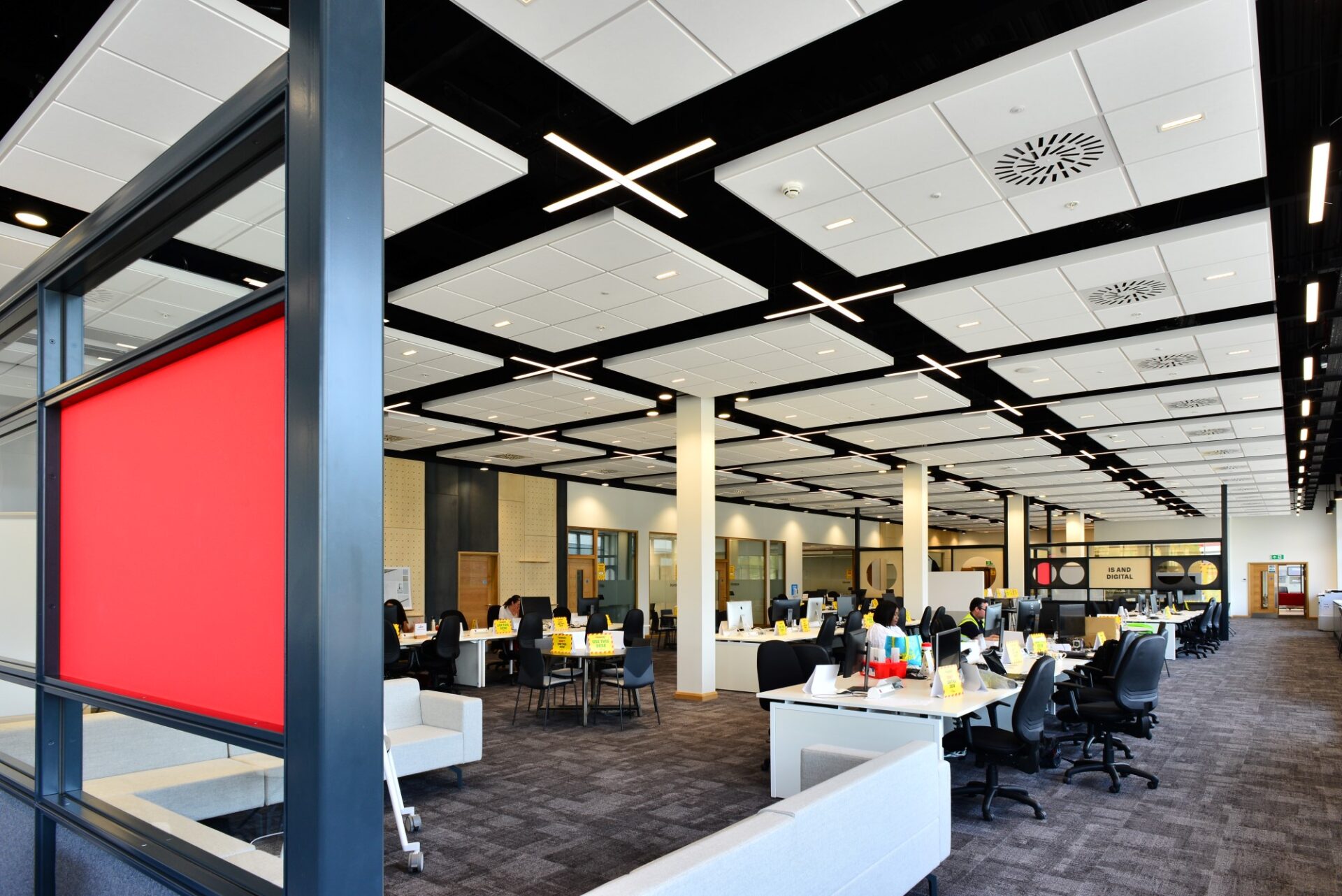Effects of Noise in the Workplace
In today’s bustling work environments, noise pollution has become an increasingly prevalent issue. The continuous exposure to high levels of noise can have detrimental effects on employee health, wellbeing, communication, and overall work performance. Recognising the importance of a calm and productive workspace, organisations are implementing strategies to minimise workplace noise pollution.

This article explores the sources of workplace noise pollution, its effects on employee health and wellbeing, its impact on communication and work performance, strategies for reducing noise pollution, and the legal regulations and standards that govern workplace noise levels.
Sources of Workplace Noise Pollution
Workplace noise pollution arises from various sources such as machinery and equipment, conversations among employees, ringing telephones, and loud music. The effects of noise in the workplace can be detrimental to employee health and wellbeing, leading to reduced productivity and increased stress levels. Employing strategies to diminish workplace noise pollution is crucial for maintaining a healthy and productive work environment.
Effects of Noise on Employee Health and Wellbeing
Exposure to excessive noise levels in the workplace can have adverse effects on employee health and wellbeing. Prolonged exposure to high noise levels can result in hearing loss, tinnitus, and other auditory problems. Moreover, noise pollution can lead to heightened stress, irritability, and fatigue among employees, negatively impacting their overall wellbeing and job satisfaction.
Impact of Noise on Communication and Work Performance
Noise in the workplace can significantly hinder effective communication among employees. Excessive noise levels make it difficult to hear and comprehend conversations, resulting in misunderstandings and errors. Furthermore, the presence of background noise can reduce concentration and focus, leading to diminished work performance and productivity. Employees may find it challenging to concentrate on complex tasks and experience difficulties in completing their work efficiently.
Strategies for Reducing Workplace Noise Pollution
Implementing strategies to mitigate workplace noise pollution is crucial for creating a conducive work environment. Installing sound-absorbing materials, such as office ceiling tiles and panels, can help minimise noise reverberation and control sound transmission. Additionally, creating designated quiet zones or providing noise-cancelling headphones can offer employees a tranquil space to work and concentrate. Employers can also establish guidelines for noise levels and promote a culture of respect and consideration among employees to minimise unnecessary noise.
Office ceiling tiles and panels are effective in reducing noise pollution in the workplace as they absorb sound waves and prevent them from bouncing back, thus reducing overall noise levels. By installing these acoustic materials, employers can create a more serene and focused work environment.
Legal Regulations and Standards for Workplace Noise Levels
To safeguard employees from excessive noise exposure, various legal regulations and standards have been established. These regulations typically define permissible noise levels in the workplace and require employers to implement measures to control noise pollution. For instance, the Health and Safety Executive (HSE) in the United Kingdom sets standards for permissible noise exposure levels and provides guidelines for employers to assess and control noise in the workplace. Compliance with these regulations is essential to ensure the health and safety of employees.
Office ceiling tiles and panels play a crucial role in meeting legal regulations and standards for workplace noise levels. By installing these sound-absorbing materials, employers can effectively reduce noise pollution and ensure compliance with the recommended noise exposure limits.
Conclusion
Workplace noise pollution can have significant implications for employee health, wellbeing, and work performance. The sources of noise in the workplace are diverse and can range from machinery and equipment to conversations among employees. However, through the implementation of appropriate strategies, such as installing office ceiling tiles and panels, employers can effectively reduce noise pollution and create a more conducive work environment. Compliance with legal regulations and standards for workplace noise levels is vital to protect the health and safety of employees. By prioritising the reduction of workplace noise pollution, employers can foster a healthier, more productive, and happier workforce.
Frequently Asked Questions
Excessive noise in the workplace can impair communication, cause distractions, lead to errors, and contribute to long-term hearing loss, compromising overall safety.
To deal with noise in the workplace, you can use acoustic ceiling tiles to absorb and reduce sound.
Noise is considered a workplace hazard categorised under occupational hazards and can lead to hearing damage and other health issues.
A noise level exceeding 85 decibels (dB) is considered a risk to staff and can potentially cause hearing damage or other health issues.
The acceptable noise level in the workplace in the UK is typically around 80 decibels (dB) during an eight-hour workday.